
Newer diagnostic technologies can play a role in identifying specific bacterium, decrease the time to optimal therapy, and offer the possibility of better outcomes.

Newer diagnostic technologies can play a role in identifying specific bacterium, decrease the time to optimal therapy, and offer the possibility of better outcomes.

A Brazilian study of people 90 years and older who easily recovered from COVID-19 identified specific genetic components that may have provided protection.

The VIASURE PCR diagnostic is now available under Emergency Use Authorization in laboratories for persons with a suspected mpox infection.

Central Ohio has seen 82 pediatric cases since November, and more than a third of children infected have been hospitalized.

So far, these are Contagion's 5 most-read stories of 2023.

Developed by Sanofi and AstraZeneca, the single-dose long-acting antibody was designed to help protect all infants from birth through their first respiratory syncytial virus (RSV) season.

The 24-valent investigational pneumococcal conjugate vaccine, VAX-24, met its primary endpoints in a phase 1/2 trial.

A new Infectious Diseases Society of America (IDSA) board member and vice president offers some insights on the leadership’s goals and direction for 2023.

The company’s vaccine candidate, MenABCWY, which is indicated for adolescents was given a Prescription Drug User Fee Act (PDUFA) goal date for later this year.

In just a month, the XBB.1.5 variant went from causing 1% to over 40% of new COVID-19 infections.

Due to negative results, the I-SPY COVID Trial is no longer evaluating cyproheptadine to treat critically ill COVID-19 patients.
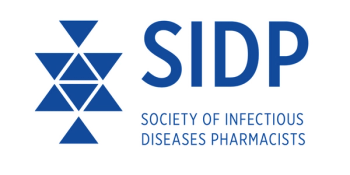
In the latest SIDP column, two clinicians provide information on recent studies and guidelines directed at antibiotic durations in this patient population.
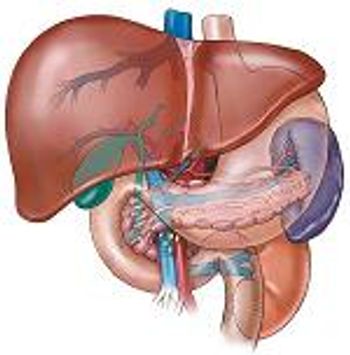
Health programs and efforts to inform the public about the importance of sharing liver education can play a major role in prevention as well as patient care.

During the COVID-19 pandemic, cigarette sales differed from projected sales volume. One study examined these trends at the state level.

Sexually transmitted infections (STIs) received little attention during the pandemic, but the truth is the STIs did not stop infection increases shortly after the quarantine.
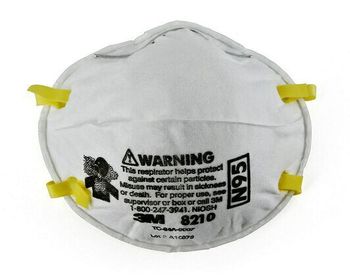
Although medical masks were noninferior to N95 in a multinational study of frontline health care workers, variability in circumstances between countries prevented researchers from drawing firm conclusions.

This unusual Case Study describes a young woman who presented with an acute onset of headaches and dizziness and was found to have aseptic meningitis.

A look back on some of the significant discussions with clinicians, researchers, and infectious disease stakeholders.

For providers on the front lines, lessons learned can help inform strategies to enhance the protection of their health going forward.

Changes in microbiology and antimicrobial resistance patterns warrant reevaluation of our current therapies for this condition.
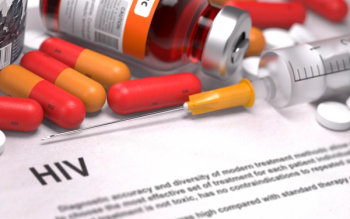
Clinicians can make room for infrequent treatment options as patients enjoy their daily lives.

New booster shots, antigen testing, and a shrinking incubation period: these were the top COVID-19 stories of 2022.
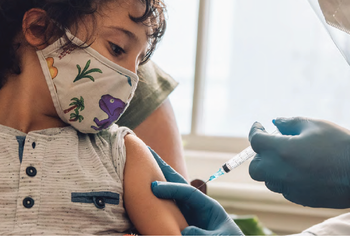
Vaccinations and mitigations for COVID-19 and other respiratory viruses have not been made a priority for young children. Let’s change this before the next big surge hits.

Cefepimetaniborbactam may represent a safe and effective carbapenemsparing agent in cUTI and AP, whereas ridinilazole may play an important role in treating CDI.

A new monoclonal antibody, invasive group A strep, and genital herpes topped the list of this week's most-read stories.
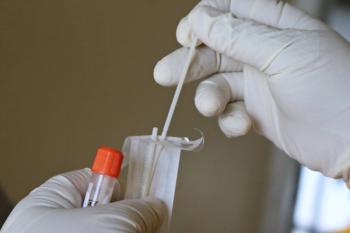
The new recommendation from the organization believes it will help avoid delays in patient care.

This study was one of the largest to address the use of IV ceftriaxone in the context of MSSA bacteremia compared with cefazolin.

Virax Biolabs has developed a T-cell testing platform to develop an immune risk profile against viral threats.

This therapy is the first of a new class of antiretrovirals, and it is indicated for people with multi-drug resistance, intolerance, or safety considerations.

Telemedicine use is likely to continue expanding even as the COVID-19 pandemic slowly resolves.